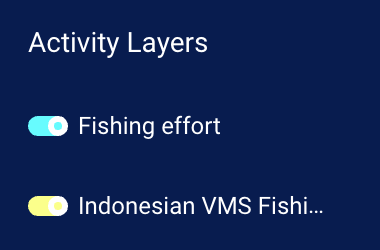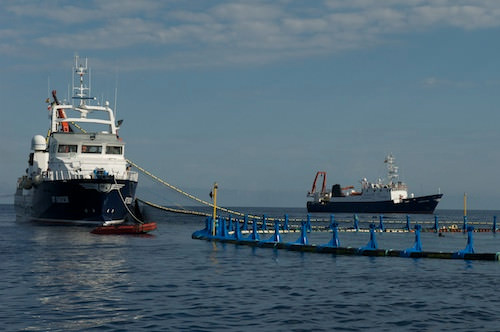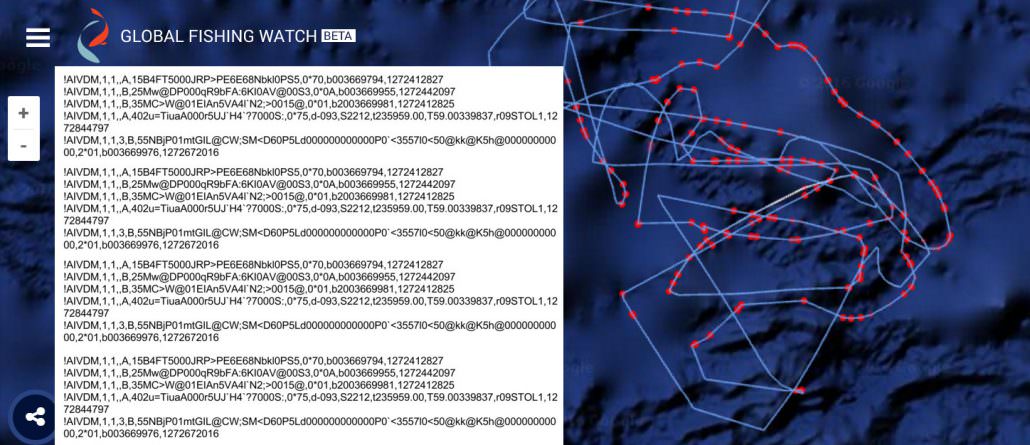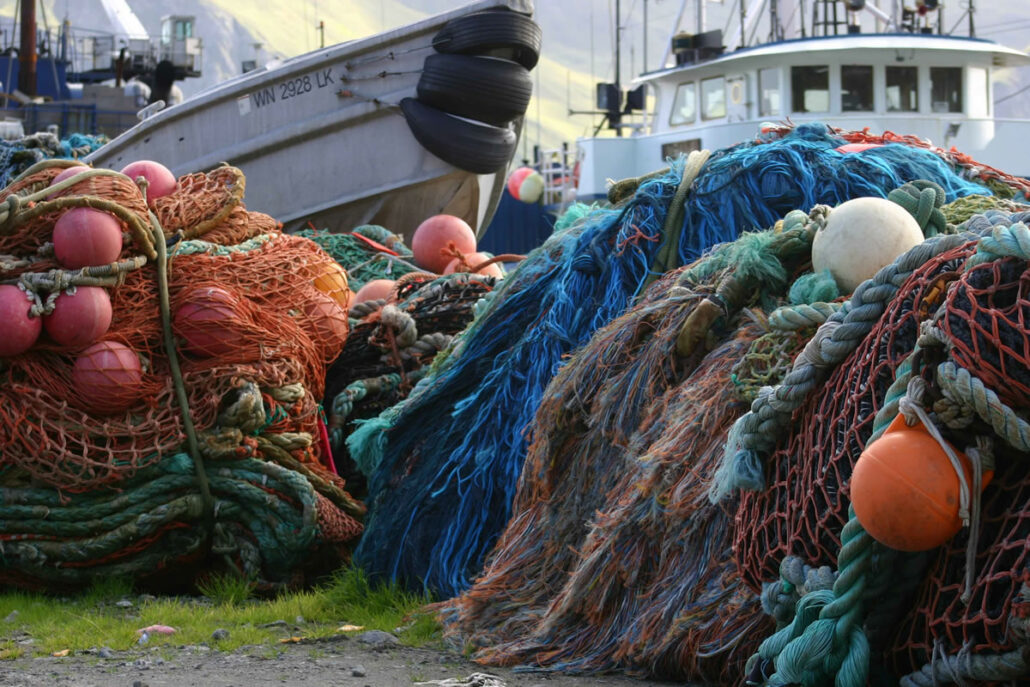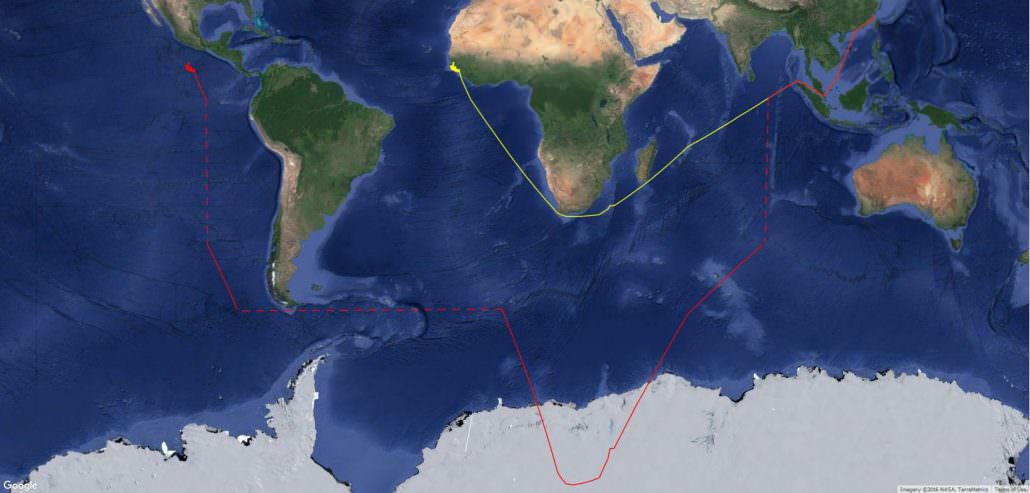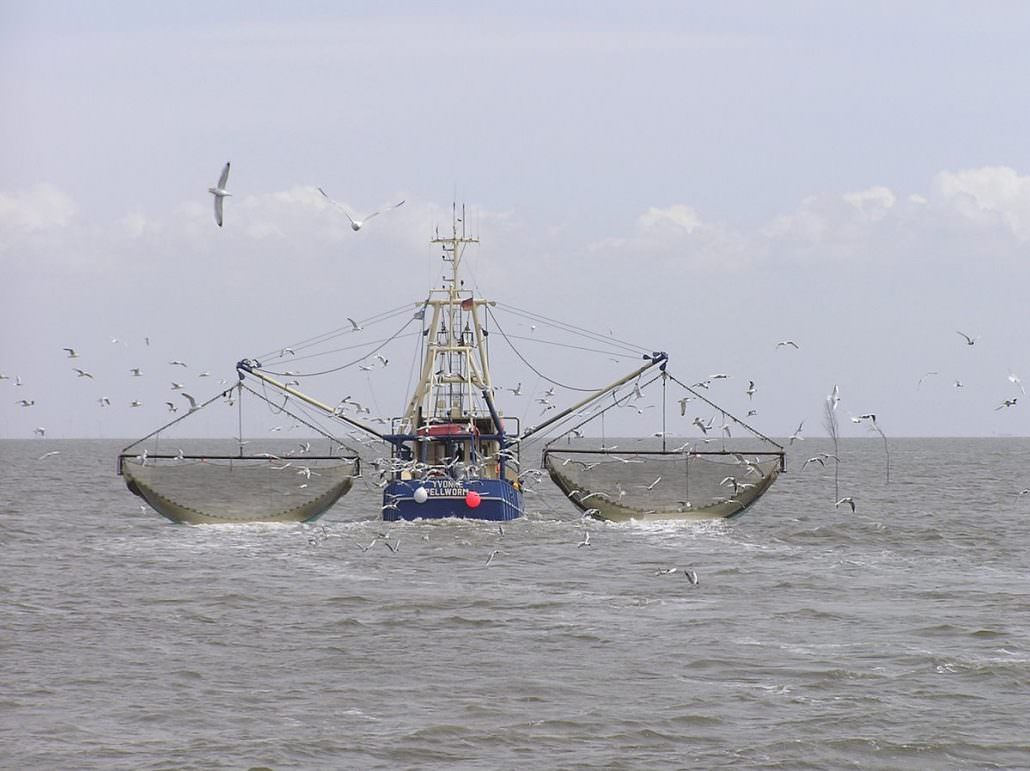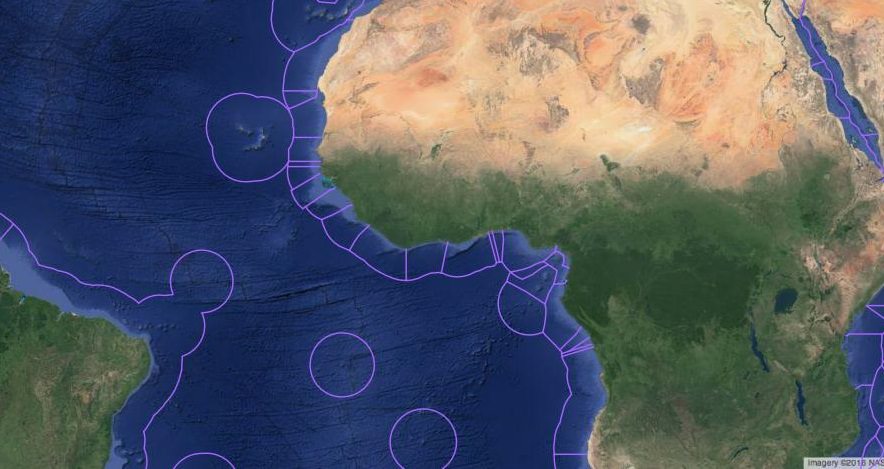VMS Layer Now Available in Fishing Activity Map
On World Ocean Day in June 2017, we partnered with Minister Susi Pudjiastuti and the Indonesian Ministry of Marine Affairs and Fisheries to publicly release Indonesian Vessel Monitoring System (VMS) data. This was the first ever public release of VMS data. Previously accessible only in a dedicated public workspace on our site, this data is […]
VMS Layer Now Available in Fishing Activity Map Read More »
